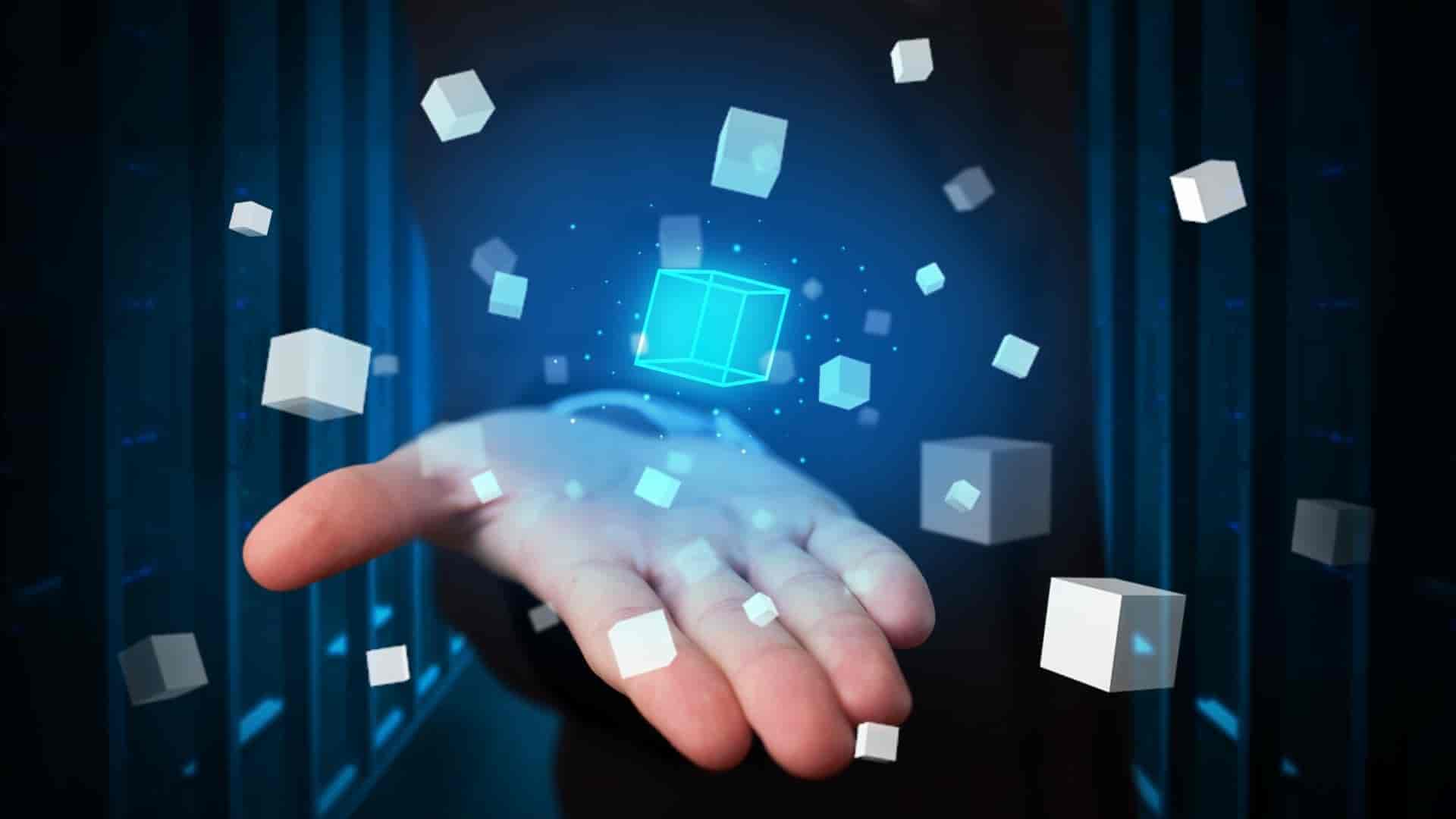Younger generations consume information in a completely different way than older ones. Gen X, Y, and Z are prime examples. With the advancement of technology communication between businesses and customers is completely transformed. To meet the more demanding customer expectations, organizations look for ways to improve customer experience and implement solutions into their business strategy, to retain existing customers and potentially charm more. What’s a possible solution which can tackle those issues you might ask? Well, an omnichannel solution is a viable option and in this article, we are going to try our best to introduce you to it. As always, grab your favorite drink of choice, and let’s dive in.
What’s an omnichannel solution?
An omnichannel solution strives to fulfill the customers’ needs at every touchpoint and provide a seamless experience across all channels, no matter how a potential buyer chooses to interact. To provide an outstanding customer experience, companies must be aware of every step through the customer journey – discovery, research, purchase, support, customer service, and returns, to build trust and an ongoing relationship. The main point of an omnichannel solution is to meet customers wherever they are and to provide exceptional service at every touchpoint.
When customer experience is a key competitive point, an implemented omnichannel solution will boost you ahead of your competitors. Let’s say you have a brick-and-mortar store, an online store, and a few social media channels. An omnichannel solution acts like a glue between all of the aforementioned channels and makes sure that they work in a cohesive state. A bad example of a non-existing or badly configured omnichannel solution is when a customer is interested in a product that you advertised on your Instagram profile, and then buys it but after that gets the same advertisement of the same product on another channel, like Facebook. A good example using the same premise would be if Instead ads of for the same product, they get ads that offer accessories for their new purchase or suggest them to join a group where other people are using the same product and share their experience with it.
An omnichannel framework consists of three core elements:
Storage of data:
Omnichannel experiences collect all valuable information of a customer – past and present interactions and purchases and the gigantic amount of information obtained by website cookies, social media activities, IoT, email lists, etc.
Automation:
The aforementioned data is then used to automatically recommend products, provide customer service, manage inventory, generate marketing content, and more, and all that in real-time.
Communication:
A fluid, continuous two-way interaction between customers and businesses is conducted via all of the available channels to further the collection of more accurate data and check and improve through feedback the automated processes, which then also improve.
Benefits of omnichannel solutions?
How does an omnichannel solution affect a business? Well, it’s hard to point out every single benefit, so we are just going to list a few. The main takeaway is that an omnichannel solution that is implemented intelligently and combined with an omnichannel strategy will inevitably lead to an increase in customer satisfaction, and a happy customer equals a happy company.
01: Increased customer loyalty – pretty self-explanatory, a company using an omnichannel solution retains more of its customers, because they receive a better experience
02: Price doesn’t matter – 01 leads to 02. If a customer has a good experience with your brand, they are willing to pay more for the brand’s products/services, rather than going for a cheaper option from their competitor
03: “Your inventory is full” – a stagnant inventory hinders your storage capabilities and risks it not getting sold. A perk of an omnichannel system is that stock data is shared across all channels. That can help with managing your inventory and reduce the possibility of it staying static
04: $$$ – as we mentioned before, investing in improving your customer experience can have a big impact on revenue and an omnichannel system is a good way to make your buyers happier
05: Cross-sell opportunities – an omnichannel system provides access to all customers’ data. Companies often take advantage of that and send texts, push notifications, and direct mail to recommend complementary items and/or upgrades. A prime example of that is the “click & collect” option, where customers buy something online and then pick it up from a store, which is in a convenient location for them. This approach saves them money on delivery costs and opens the possibility for them to buy something else in-store.
Omnichannel vs. Multichannel
We covered what an omnichannel is about, but what does a multichannel strategy mean? As the name suggests, it also uses several channels with which customers can interact and perform the same actions. Unlike omnichannel though, those channels are independent of one another and there is little to no data integration or crossover between them.
The biggest difference between both is that multichannel strategies are channel-focused. This means that it’s easier to determine which channels perform better than others, regarding various metrics. On the other hand, omnichannel is customer-focused. It puts the customer in control of how they interact with the brand. This provides them with more options and lets them figure out the best and most beneficial way to communicate with the business.
Closing lines
Implementing an omnichannel strategy is a great way to take better care of your customers and tackle other issues which slow your growth and curb your company’s success. Remaining relevant in the digital and technological era becomes harder and harder every day. Even if a company already has an omnichannel solution up and running, it shouldn’t stop developing its products and services and improving its overall capabilities. Success is a journey and adapting along the way is essential.


